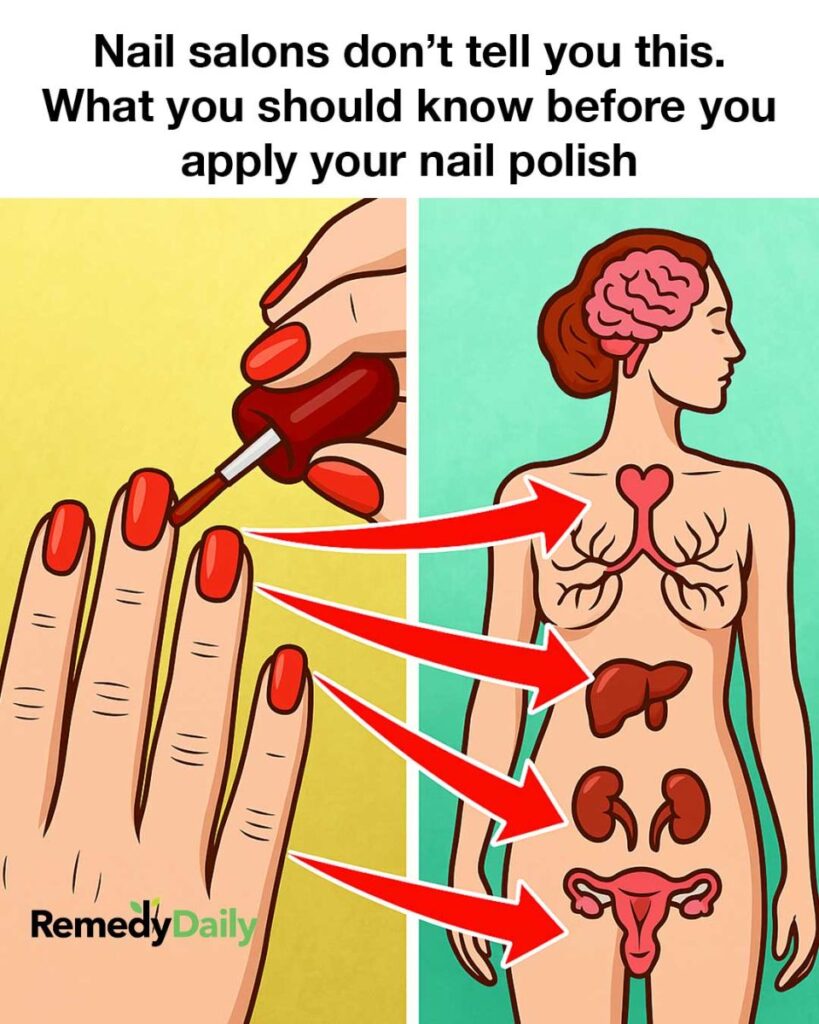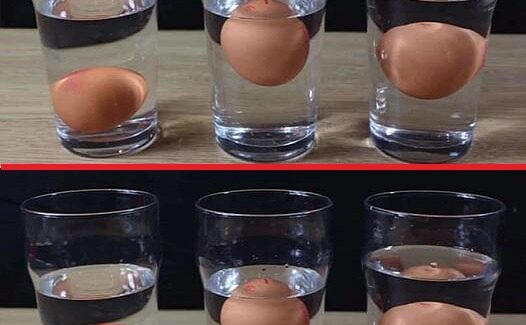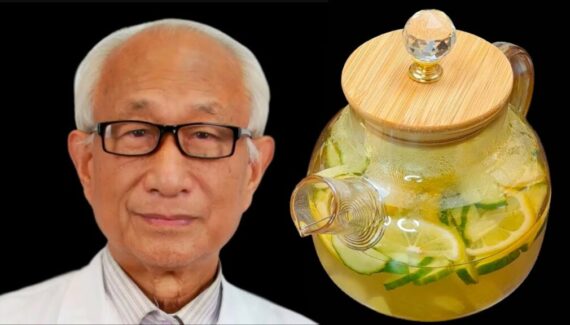
Nail Salons Don’t Tell You This: What You Should Know Before You Apply Nail Polish (With a Step-by-Step Guide)
When you walk into a nail salon, you’re met with the relaxing hum of dryers, the soothing scent of lotion (and not-so-soothing scent of acetone), and the promise of perfectly polished nails. But behind the glitz and glamour of glossy gels and vibrant lacquers, there are several things most salons won’t tell you—things you should know before you ever apply nail polish, whether at home or professionally. If you’ve ever wondered why your manicure chips early, why your nails feel brittle afterward, or how to get that long-lasting salon finish without the hidden damage, keep reading.
🌸 The Hidden Truths of Nail Polish Application
Many salons focus on speed and aesthetics—getting your nails to look good quickly. But often, they skip key steps that affect your nail health and polish longevity. Here’s what isn’t usually explained:
- Your natural nail’s condition matters more than the polish.
- Improper preparation leads to chipping, peeling, and yellowing.
- Overbuffing and harsh filing can weaken the nail plate.
- Base coats aren’t optional—they’re essential.
- Oils and moisture on your nails can ruin your manicure.
So how do you do it right? Here’s a detailed guide.
💅 The Proper Method: Step-by-Step Nail Polish Application
Step 1: Nail Prep is Everything
What salons skip: Rushing through this or using overly harsh tools.
How to do it right:
- Remove Old Polish
Use a gentle, acetone-free remover if possible. Avoid scraping polish off with tools—that can strip nail layers. - Trim and Shape
Trim nails to your desired length. Use a fine-grit nail file (180–240 grit) to shape them gently. Always file in one direction to avoid splitting. - Soak (Optional but Beneficial)
Briefly soak your fingers in lukewarm water with a pinch of salt and a few drops of cuticle oil or olive oil. This softens cuticles for easy removal. - Gently Push Back Cuticles
Use a cuticle pusher or orangewood stick. Never cut cuticles unless absolutely necessary—they protect from infection. - Buff Lightly
Use a soft buffer block to lightly remove the shine from your nail surface. Do not overbuff—just enough to help polish adhere better. - Clean the Nail Plate
Wipe nails with alcohol or acetone on a lint-free pad to remove oils and residue. This is crucial—any moisture or oil will prevent polish from sticking.
Step 2: Base Coat – The Unsung Hero
Why it matters: It protects your nail and improves polish adherence.
- Apply a thin, even layer of base coat.
Look for one suited to your nail type—strengthening, ridge-filling, or hydrating. - Let it dry completely before moving on.
This creates a clean, tacky surface that helps color cling longer.










